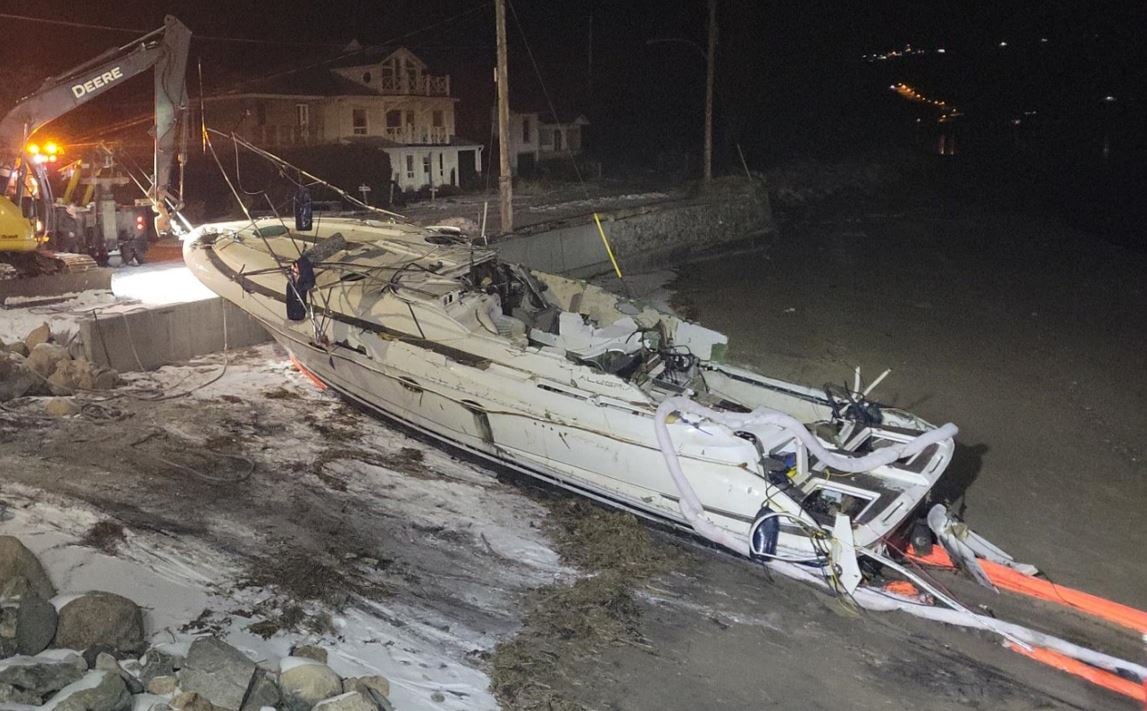Ontario's Ministry of Labour facing private prosecution in nearly 20-year-old case

Ontario’s Ministry of Labour and one of its employees have been charged with criminal negligence causing death as part of what legal experts call a “unique” and “unusual” private prosecution.
Raymond Campeau, a mechanic for Dynatec Corp., died on May 25, 2006, while working 2,000 feet underground at Podolsky Mine in Capreol, Ontario. A winch he was repairing exploded, sending metal fragments flying at high speed, severely injuring his legs and leading to his death 90 minutes later. Despite prior identification of the winch as hazardous by a Ministry of Labour inspector, necessary corrective actions were not enforced.
Dissatisfied with the lack of accountability, Campeau’s widow, Faye Smith, initiated a private prosecution in 2016. This unusual legal move aims to hold the Ministry of Labour and individuals accountable for criminal negligence causing death.
This past March, a justice of the peace in Sudbury, Ontario ruled there are grounds to proceed with the charges, with a court date set for June 26, 2024, according to court documents obtained by CTV News Northern Ontario. The Ministry of Labour, Dan Beaulieu, who worked for the ministry at the time, Dynatec Corp., Chris Stewart, Terry Jibbs and Stylianos Kontonikolas have all been issued a summons to appear and are charged under the Criminal Code of Canada.
In a statement to the local news outlet the Ministry of Labour says it will not comment on the case because it is currently before the court.
This case is being pursued under the Westray Law, passed in 2004, which allows for the criminal prosecution of organizations in cases of gross negligence leading to workplace fatalities.
Cheryl Edwards is a partner at Matthews Dinsdale & Clark LLP and is not connected to the case but is watching closely to see how it unfolds. She notes the rarity and complexity of private prosecutions, especially against regulatory bodies. “The family faces an uphill battle,” she says, highlighting the high standard of proof required to establish "wanton and reckless disregard" under the Criminal Code.
Edwards references a similar case in which the United Steelworkers Union initiated a private prosecution against Weyerhauser in British Columbia following the death of a worker at a mill in 2004. The private prosecution, initiated in 2010, alleged criminal negligence causing death, and in 2011 a judge allowed the charges to proceed. But when the Crown took over the case, the private prosecution was ultimately dropped due to insufficient evidence. “The bar is extraordinarily high to prove these kinds of cases,” explains Edwards.
Ryan Conlin, a partner at Stringer LLP, and an expert in occupational health and safety law, concurs on the unusual nature of this prosecution. He notes that while private prosecutions are permitted under the Criminal Code, they rarely proceed without the support of the Crown. “My suspicion is it’s highly unlikely that these charges are going to go forward,” Conlin states, predicting that the Crown may not advance the case due to issues like faded memories and unavailable witnesses given the significant time elapsed since the incident.
Both legal experts agree that if this prosecution proceeds, it could set a significant precedent. However, the complexities and stringent requirements for proving criminal negligence make its success unlikely. This case underscores the critical importance of rigorous adherence to safety protocols and diligent follow-up on identified hazards.
For health and safety professionals, the insights from Edwards and Conlin highlight the intricate interplay between regulatory compliance and criminal liability, a vital consideration for industry stakeholders. This case serves as a stark reminder of the responsibilities borne by regulatory bodies and employers to ensure workplace safety.





